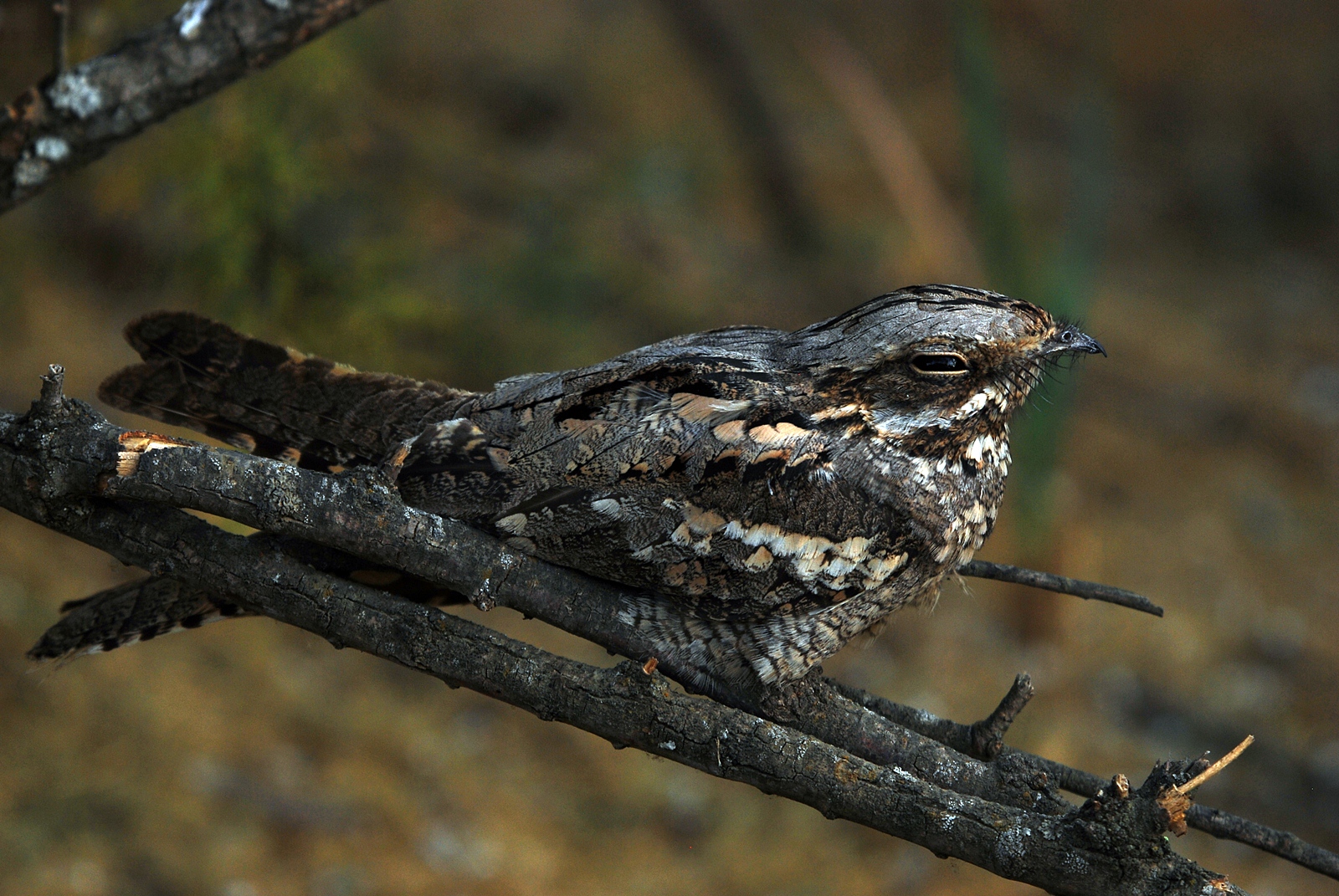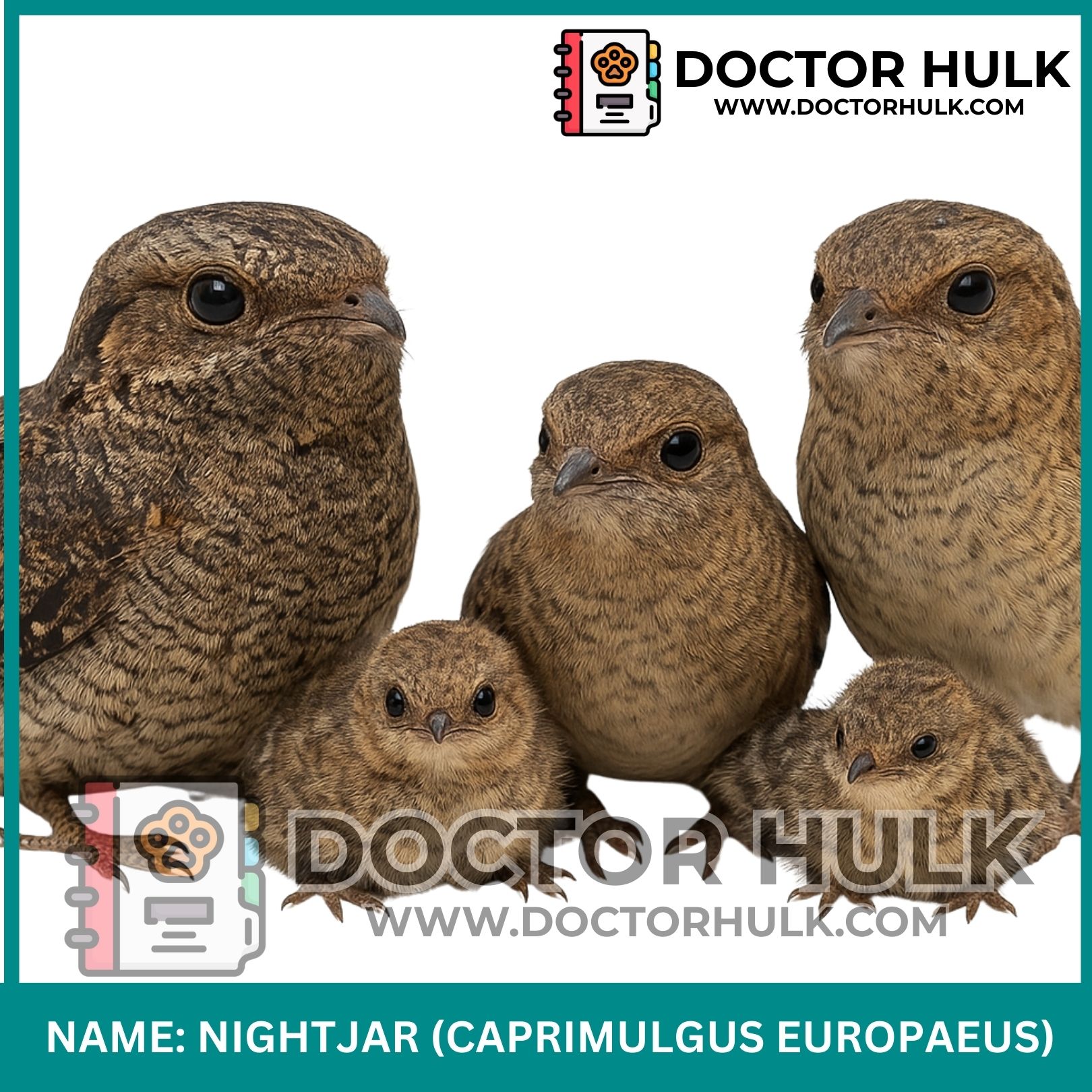One bird that many people have heard but rarely seen is the Nightjar. Known for its soft, ghost-like calls and silent flight, the Nightjar is a calm and helpful creature of the dark.
Scientific Classification
-
Kingdom: Animalia
-
Phylum: Chordata
-
Class: Aves
-
Order: Caprimulgiformes
-
Family: Caprimulgidae
Nightjars belong to a group of birds that are most active at dusk and night.
Common Names
Nightjars are often called:
-
Goatsuckers (an old myth, don’t worry, they don’t suck milk)
-
Nighthawks (a different but related bird)
-
Evening birds (due to their late-day activity)
In some Nigerian languages, they are linked to folklore and stories of the spirit world because of their strange sounds.
Geographic Distribution
Nightjars live in Africa, Asia, Europe, and the Americas.
In Nigeria and other parts of West Africa, they are found in:
-
Savannas
-
Open woodlands
-
Farmlands
-
Grassy areas near villages
They rest during the day and become active at night to hunt flying insects.
Physical Characteristics
Nightjars are medium-sized birds with flat heads and long wings. Their feathers are patterned like leaves or bark, which helps them blend into the ground or trees.
-
Size: About 25–30 cm long
-
Color: Brown, grey, or black with spots and stripes
-
Eyes: Big and round, good for night vision
-
Mouth: Wide for catching flying insects mid-air
 Image showing nightjar resting on dry leaves, perfectly camouflaged (Source: WordPress)
Image showing nightjar resting on dry leaves, perfectly camouflaged (Source: WordPress)
Major species of Nightjar
1. Standard-winged Nightjar (Caprimulgus longipennis)
Found in West and Central Africa. Males have special long wing feathers during breeding season.
-
Size: Up to 30 cm
-
Behavior: Ground-dwelling, active at night
-
Song: Soft, repeated churring sounds
 Image showing a standard-winged nightjar resting on a tree branch (Source: Journeys Uganda)
Image showing a standard-winged nightjar resting on a tree branch (Source: Journeys Uganda)
2. European Nightjar (Caprimulgus europaeus)
Migrates from Europe to Africa during dry season. Often heard before seen.
-
Size: 26 cm
-
Diet: Moths and flying insects
-
Flight: Smooth, silent, bat-like
 Image showing an european nightjar (Source: Wikipedia)
Image showing an european nightjar (Source: Wikipedia)
Fun facts about Nightjars
-
They don’t build nests, they lay eggs directly on the ground.
-
Their feathers make them almost invisible during the day.
-
Nightjars have a soft, whirring song that sounds like a spinning fan.
-
They eat hundreds of mosquitoes and moths in one night.
-
Their eyes glow in the dark when light shines on them.
Importance to Humans
Nightjars are very helpful to farmers and households. They eat:
-
Mosquitoes
-
Flying termites
-
Beetles and moths
Because of this, they help reduce pests naturally without using chemicals.
In some local beliefs, Nightjars are thought to be mystical birds, but they are completely harmless.
Health & common issues
Nightjars rarely need human help, but like other wild birds, they can face challenges:
-
Injury from vehicles or predators
-
Habitat loss due to farming and construction
-
Getting trapped in nets or wires
If you ever find a weak or hurt Nightjar, gently place it in a ventilated box and reach out to use at Dr. Hulk Veterinary Hospital for adequate health care and concerns.
Conservation Status
Most Nightjars are not endangered, but some are becoming rare due to:
-
Light pollution (affects their night hunting)
-
Deforestation
-
Overuse of pesticides (which kills their insect food)
We can help by protecting trees and using less chemicals in the environment.
Nightjar vs Owl
| Feature | Nightjar | Owl |
|---|---|---|
| Activity Time | Dusk and night | Mostly night |
| Eyes | Medium, forward-facing | Large, front-facing |
| Sound | Low, whirring song | Hoot or screech |
| Hunting Style | Open-air insect eater | Hunts larger animals |
| Appearance | Flat and camouflaged | Upright with round face |
So next time you hear a soft “whirr” or spot a bird that looks like a leaf on the ground, you might just be meeting a Nightjar. If one is ever injured or needs care, remember, you can always reach out to us at Doctor Hulk Veterinary Hospital, or call 08143397614.













Reviews
There are no reviews yet.